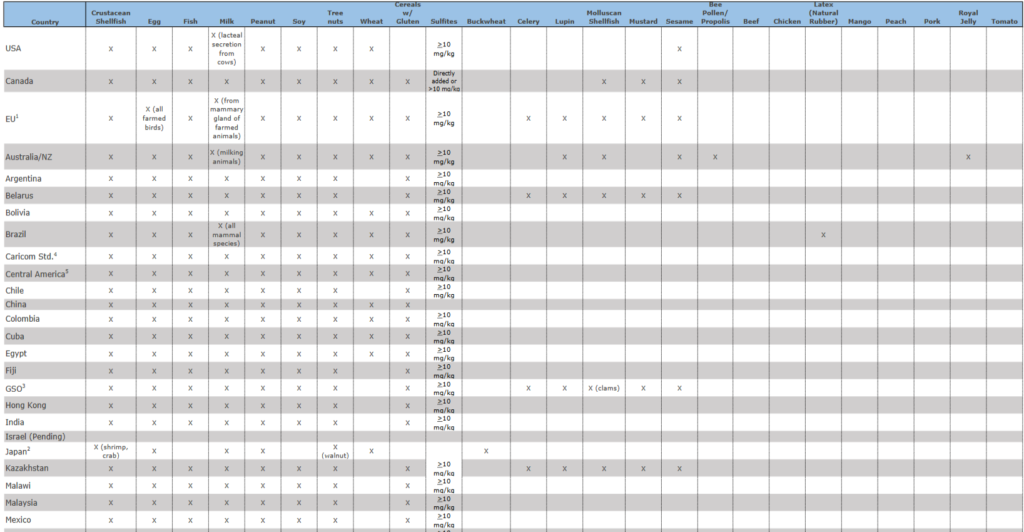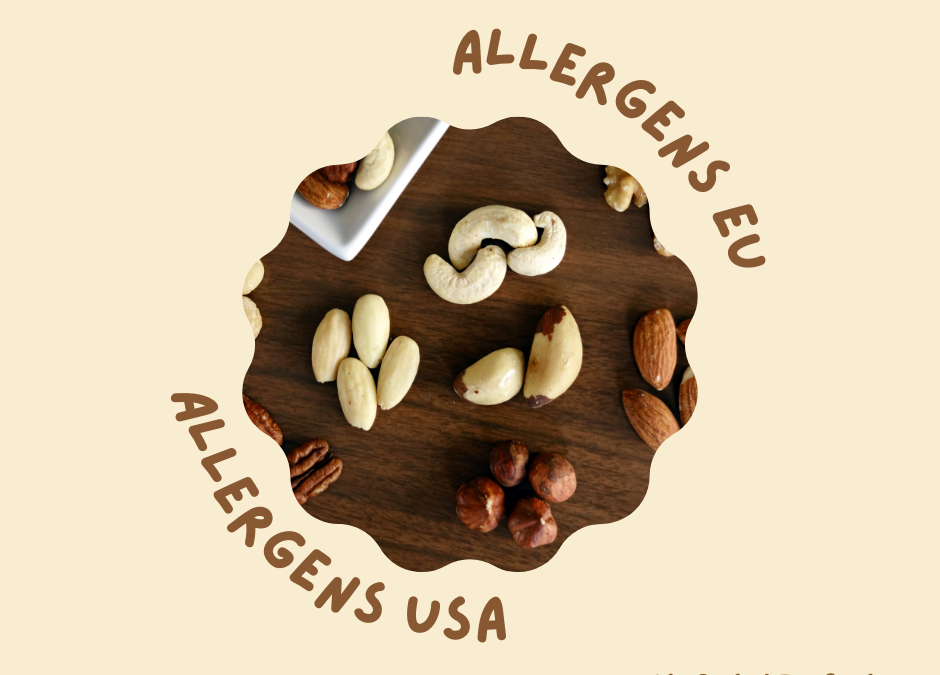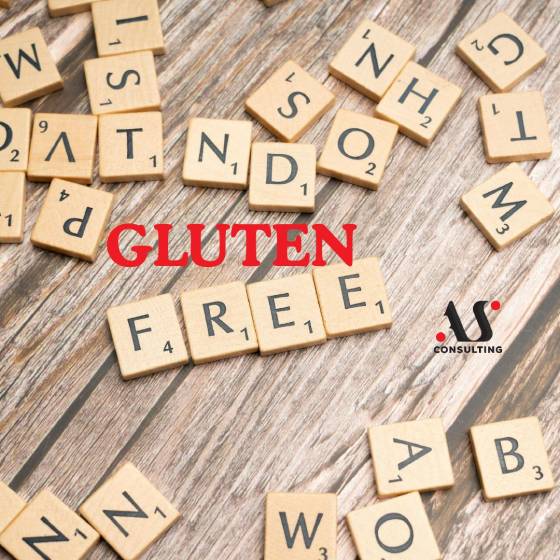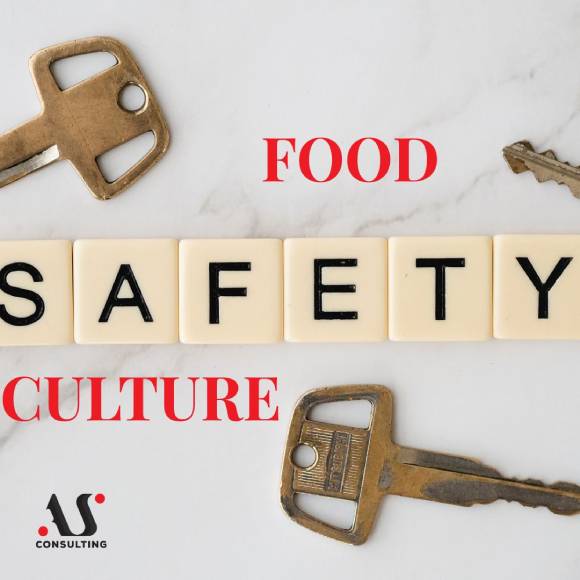
FOOD SAFETY CULTURE – NEW TRENDS
June 8, 2023
QUALITY INDICATORS OF DRINKING WATER
July 18, 2023We dealt with allergens from the point of view of food standards in the blog from September 14, 2022. (https://asconsulting.rs/food-as-an-allergen-allergen-management/), where the term itself is defined, but also an explanation of what allergens in food are according to EU legislation. However, the legislation is not the same in all parts of the world, so when exporting to e.g. USA or Canada, we should pay attention and harmonize the declarations of food products with the legislation of the countries to which we export products.
Given that, according to research, about 12% of the population suffers from food allergies, and it is obvious that this number is increasing, great attention is paid to the identification of allergens in food products and their proper declaration.
However, the legislation is not the same in all countries, nor are the marking methods.
EU Legislation
According to the legislation of the European Union (Regulation (EU) N° 1169 / 2011 of the European Parliament and of the Council), the following foods are labeled as allergens (responsible for over 90% of allergic reactions):
• Cereals containing gluten (i.e. wheat, rye, barley, oats, spelt, kamut or their hybridised strains) and products thereof
• Crustaceans and products thereof
• Eggs and products thereof
• Fish and products thereof
• Peanuts and products thereof
• Soybeans and products thereof
• Milk and products thereof (including lactose)
• Nuts i.e. Almond (Amygdalus communis L.), Hazelnut(Corylus avellana), Walnut (Juglans regia), Cashew (Anacardium occidentale), Pecan nut (Carya illinoiesis (Wangenh.) K. Koch), Brazil nut(Bertholletia excelsa), Pistachio nut (Pistacia vera), Macadamia nut and Queensland nut (Macadamia ternifolia) and products thereof
• Celery and products thereof
• Lupin and products thereof
• Molluscs and products thereof
• Mustard and products thereof
• Sesame seeds and products thereof
• Sulphur dioxide and sulphites at concentrations of more than 10 mg / kg or 10 mg / liter expressed as SO2
Regulation no.1169 / 2011, requires to clearly state information about the presence of food additives, auxiliary ingredients in the production process and other ingredients or products that have been proven to cause allergies or intolerances in order to allow consumers, especially those who suffer from allergies or food intolerances, to be informed in order to make decisions that are safe for them.
Labeling of allergens: the name of the allergen or allergenic ingredient is clearly highlighted from the rest of the text, eg with different letters, styles or colors in the background.

USA Legislation
While many different foods can cause allergic reactions, the Food Allergen Labeling and Consumer Protection Act of 2004 (FALCPA) identifies eight foods as “major allergens” in food:
- Milk
- Eggs
- Fish (e.g., bass, flounder, cod)
- Crustacean shellfish (e.g., crab, lobster, shrimp)
- Tree nuts (e.g., almonds, walnuts, pecans)
- Peanuts
- Wheat
- Soybeans
As of January 1, 2023, the legislation declaring the ninth allergen: sesame, will come into force.

“Major food allergen” does not include:
(a) Any highly refined oil obtained from food listed as a “major allergen
or (b) Any ingredient exempted by petition or notice under the : Food Allergen Labeling and Consumer Protection Act of 2004 (Public Law 108 – 282).
FALCPA requires that food declarations clearly identify the names of the food sources of all ingredients that are one of the eight major food allergens or contain proteins derived from a major food allergen. This requirement is met if the common or usual name of an ingredient (e.g., buttermilk) that is a major food allergen already identifies that allergen’s food source name (i.e., milk). Otherwise, the allergen’s food source name must be declared at least once on the food label in one of two ways:
In parentheses following the name of the ingredient in the ingredient list.
Examples: “lecithin (soy),” “flour (wheat),” and “whey (milk)”
— OR —
Immediately after or next to the list of ingredients in a “contains” statement.
Example: “Contains Wheat, Milk, and Soy.”

Differences are also present in other countries, so when exporting, companies must familiarize themselves with the legislation of the country to which they are exporting food products.





